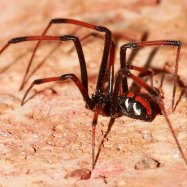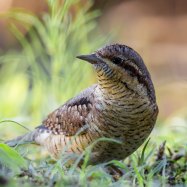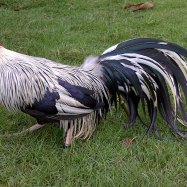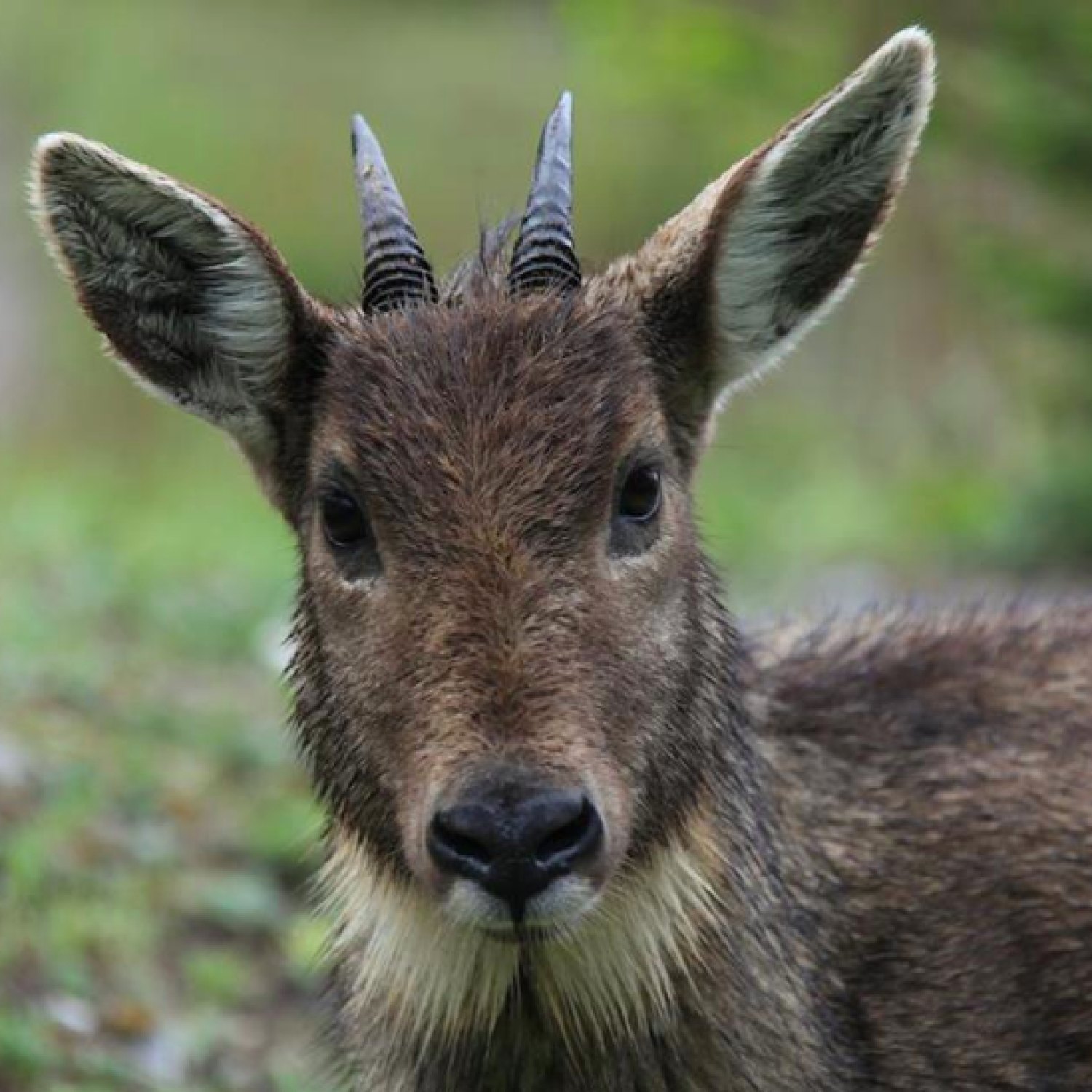
Goral
120-150 cm
Gorals are remarkable animals found in the Himalayan region. Belonging to the Bovidae family, they have a stocky and compact body shape, and can grow up to 120-150 cm in length. Their sure-footedness allows them to navigate through the rugged terrain with ease. These agile creatures are also known for their thick woolly coat which protects them from the harsh mountain climate. #HimalayanWildlife #FascinatingGorals
Animal Details Summary:
Common Name: Goral
Kingdom: Animalia
Habitat: Mountainous regions
Goral: The Hidden Jewel of the Himalayas
Goral, the majestic and elusive mountain-dwelling animal, has been living in the shadows of its more popular counterparts for far too long. But, with its unique features and adaptability, this animal is a hidden jewel of the Himalayan region that deserves to be highlighted and celebrated.Discovering the Goral
The scientific name for Goral is Naemorhedus goral and it belongs to the Animalia kingdom, Chordata phylum, and Mammalia class. Goral is a species of Artiodactyla, which is a diverse order of even-toed hoofed animals Goral. They are part of the Bovidae family, which includes other horned animals such as bison, goats, and antelopes.Goral is a mountain-dwelling animal, found in the rugged and rocky landscapes of Southern and Eastern Asia. It is commonly found in countries like India, Nepal, China, and Bhutan, but its geographical distribution also extends to parts of Myanmar and Vietnam. Goral's primary habitat is in mountainous regions, particularly in the Himalayas, where they are a common sight.
Appearance and Adaptability
Gorals have a striking appearance, with their brown or gray fur blending perfectly with the rocky terrain of their habitat. They also have lighter underparts, making them well-camouflaged against any predators from below. They have a stocky and compact body shape, with strong and agile legs that allow them to navigate the steep and rocky terrain with ease.The average length of a Goral is between 120-150 cm, and they weigh anywhere between 25-40 kg. These animals have a unique feature that sets them apart from other mountain-dwelling animals Golden Lancehead. Goral has short and backward-curving horns on both males and females, which help them in defending themselves from predators and also in establishing dominance within their herds.
Gorals have adapted to their mountainous habitat in several ways. They have a thick and wooly coat that helps them survive the harsh and cold weather conditions. Their hooves are specially adapted to grip onto the rocky surface, giving them an advantage while climbing and leaping from one rock to another. These animals are also able to go for extended periods without water, which is a crucial skill to survive in the dry mountains.
Feeding and Social Habits
Gorals are primarily herbivorous and feed on a variety of vegetation. Their diet mostly consists of leaves, grasses, and shrubs, but they are also known to eat fruits and lichens. They are selective feeders, choosing the most nutritious parts of the plants they feed on.Another interesting fact about these animals is their social structure. They usually live in small herds consisting of 2-12 individuals, led by a dominant male. The females in the herd take care of the young ones, while the males take up the role of protecting the herd from predators.
Gorals are known for their agility and their ability to escape predators. They are cautious animals, always on the lookout for any signs of danger. They are also incredibly good at navigating through rocky and narrow terrain, making them a difficult target for predators like snow leopards, lynxes, and wolves.
Conservation Status
The Goral population is stable and is found in large numbers in their natural habitat. However, there are some threats to their existence, mostly due to human activities. Habitat destruction and poaching are the primary concerns for this species.Since Gorals reside in high-altitude regions, their habitat is under constant threat from tourism activities, including trekking and skiing. These activities can cause disturbance to their habitat, leading to their displacement and exposure to predators.
Illegal hunting of Gorals for their meat, horns, and fur is also a cause for concern. Their horns are highly valued in traditional medicine, and their meat is viewed as a delicacy in some parts of Asia. Poaching for these purposes is a significant threat to the Goral population, and strict enforcement of laws is necessary to protect these animals.
Efforts Towards Conservation
Several organizations and governments have taken measures to protect and conserve the Goral population. Conservation efforts include habitat protection, anti-poaching measures, and public education. In India, the Goral is listed as a protected species under the Wildlife Protection Act, making it illegal to hunt or harm them.The Indian government has also established several national parks and sanctuaries in the Himalayan region to protect and preserve the habitat of Gorals and other endangered species. Strict vigilance and monitoring of these areas have helped in controlling poaching and preserving the Goral population.
Conclusion
Gorals may not be as well-known as some of their more popular relatives, but they are a crucial part of the fragile ecosystem of mountainous regions. These animals are a perfect example of adaptability and resilience, surviving in some of the most challenging environments on earth.It is our responsibility to protect and conserve these animals for future generations. We must be mindful of our actions and their impact on these animals and their habitat. Let us appreciate the hidden jewel of the Himalayas, the Goral, and work towards ensuring their continued survival in the mountains they call home.

Goral
Animal Details Goral - Scientific Name: Naemorhedus goral
- Category: Animals G
- Scientific Name: Naemorhedus goral
- Common Name: Goral
- Kingdom: Animalia
- Phylum: Chordata
- Class: Mammalia
- Order: Artiodactyla
- Family: Bovidae
- Habitat: Mountainous regions
- Feeding Method: Herbivorous
- Geographical Distribution: Southern and Eastern Asia
- Country of Origin: India
- Location: Himalayan region
- Animal Coloration: Brown or gray with lighter underparts
- Body Shape: Stocky and compact
- Length: 120-150 cm
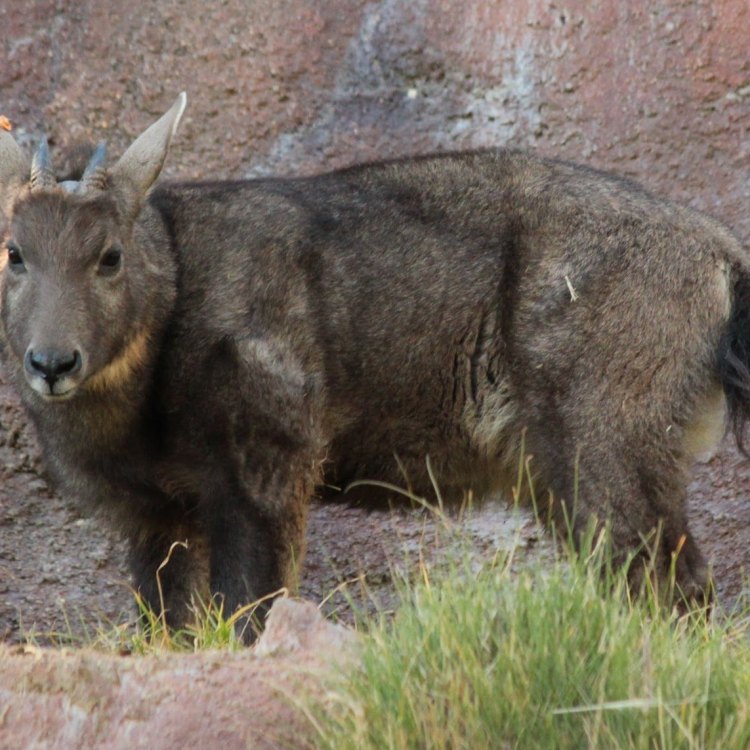
Goral
- Adult Size: 30-40 kg
- Average Lifespan: 12-15 years
- Reproduction: Viviparous
- Reproductive Behavior: Polygynous
- Sound or Call: Loud screams and whistles
- Migration Pattern: Partial migratory
- Social Groups: Small groups
- Behavior: Territorial and solitary
- Threats: Habitat loss and illegal hunting
- Conservation Status: Least Concern
- Impact on Ecosystem: Seed dispersal
- Human Use: Hunted for meat, bones, and fur
- Distinctive Features: Long, backward-curving horns
- Interesting Facts: Gorals are excellent climbers and can navigate steep and rocky terrains with ease
- Predator: Snow leopards, wolves, and humans
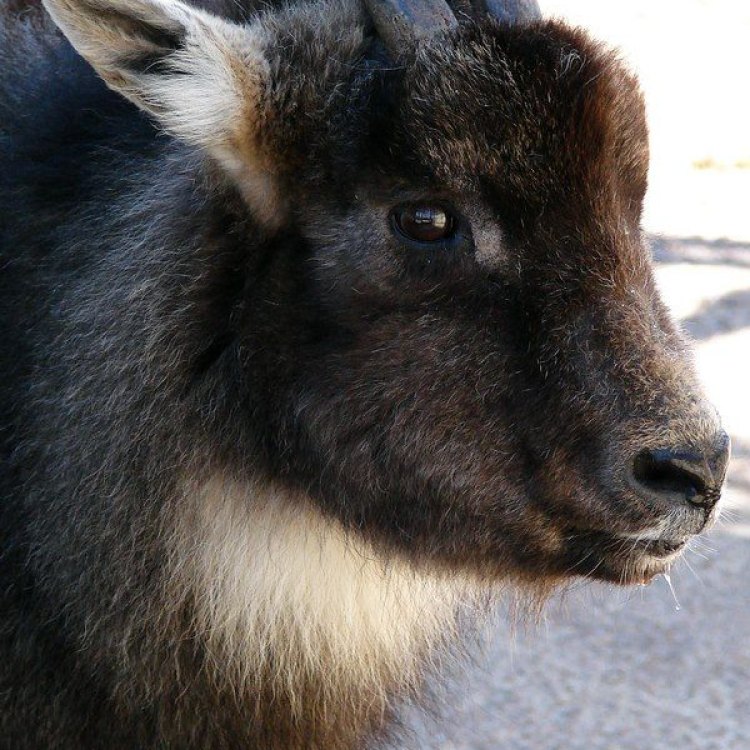
Naemorhedus goral
The Agile Climber: Learning About the Fierce and Endangered Goral
In the high mountain ranges of Central and Southern Asia, lives a small yet fierce creature known as the Goral. These agile climbers are an important part of their ecosystem, yet they face growing threats of habitat loss and illegal hunting. From their unique physical features to their social behavior, join me as we dive into the world of the Goral and learn more about this fascinating species.Adult Goral can weigh anywhere between 30-40 kg and have a lifespan of 12-15 years PeaceOfAnimals.Com. They are classified as medium-sized mammals and are characterized by their long, backward-curving horns. These distinctive horns have earned them the nickname "the wild goats of the Himalayas." They have a stocky and muscular build, with short but sturdy legs that help them navigate through steep and rocky terrain. Their bodies are adapted for climbing, with flexible joints and tough hoofed feet that allow them to grip onto even the smallest ledges.
Gorals are viviparous, which means they give birth to live young instead of laying eggs. They have a polygynous reproductive behavior, where a male mates with multiple females, but each female only has one mate. Their mating season varies depending on the region, but it typically occurs in the early fall. After a gestation period of six to seven months, the females give birth to one or two offspring, called kids. The kids are born with a woolly reddish-brown coat to help camouflage themselves in their rocky surroundings Great Dane Mix.
One of the most distinctive and fascinating features of the Goral is their loud screams and whistles. These vocalizations are used as a means of communication between individuals and can be heard from far distances. The males and females also use these sounds to attract a mate during the mating season. These loud calls are especially important for their social groups, which consist of small groups of four to seven individuals. These groups consist of a dominant male and his harem of females and their offspring.
Despite their social behavior, Gorals are territorial and prefer a solitary lifestyle outside of the mating season. They mark their territories with a scent secreted from scent glands located near their horns. They are also known to exhibit aggressive behavior towards intruders, often leading to loud confrontations.
Due to their small size and agile nature, Gorals are preyed upon by larger predators, such as snow leopards, wolves, and humans. These predators pose a significant threat to their population, as their numbers are already declining due to habitat loss and illegal hunting. Gorals are primarily hunted for their meat, bones, and fur, which are used in traditional medicines and clothing. As a result, their conservation status is listed as Least Concern by the International Union for Conservation of Nature (IUCN), but their population is decreasing, and they are considered an endangered species in many regions.
Apart from their crucial role in the ecosystem as both prey and seed dispersers, Gorals also have significant cultural and economic value for the local communities. They are often hunted for sport, and their meat is considered a delicacy. In some areas, they are also bred in captivity for tourism, which provides employment opportunities for the local communities.
Despite the numerous threats they face, there are ongoing efforts to preserve the Goral population. In countries like China and India, where the majority of Goral's population resides, protected areas have been established to safeguard their habitats and conserve their population. Community education programs and sustainable tourism practices have also helped in raising awareness and reducing the impact of hunting. However, these efforts need continuous support and funding to ensure the survival of this unique and essential species.
The Goral's impact on the ecosystem goes far beyond their role as prey and seed dispersers. They also play a crucial role in maintaining the balance of the mountain ecosystem. As agile climbers, they are often seen traversing the steep and rocky terrains, browsing on a variety of vegetation. This type of behavior helps control plant growth and prevents any one type of vegetation from taking over the landscape. By doing so, Gorals contribute to the overall health and diversity of the ecosystem they call home.
Gorals are true survivors, perfectly adapted to their harsh mountain environments. Their excellent climbing skills and ability to navigate through treacherous terrains make them one of the most resilient creatures on Earth. Despite facing numerous threats, they continue to thrive and are a testament to the resilience and adaptability of nature.
In conclusion, the Goral is a fascinating and vital species that deserves our attention and protection. From their unique physical features to their role in maintaining the balance of the ecosystem, they play a crucial role in the mountain regions of Central and Southern Asia. With continuous efforts towards conservation and sustainable practices, we can ensure the survival of the Goral for generations to come. Let us all do our part in protecting this agile climber and its habitat before it's too late.
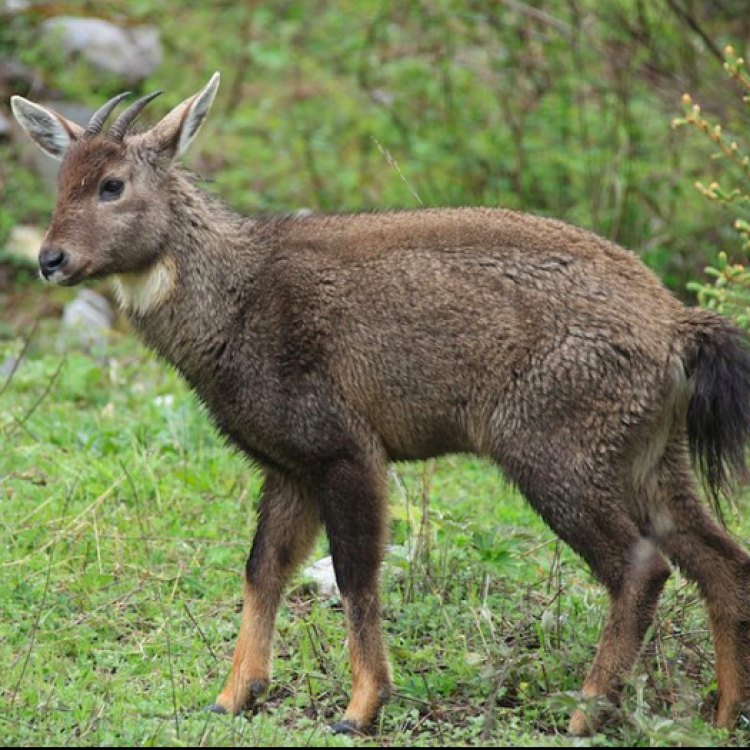
Goral: The Hidden Jewel of the Himalayas
Disclaimer: The content provided is for informational purposes only. We cannot guarantee the accuracy of the information on this page 100%. All information provided here may change without prior notice.

